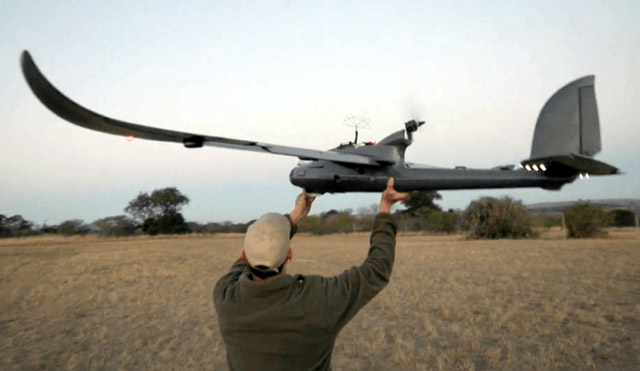 In the past few years, unmanned flying machines, variously described as remotely piloted air systems (RPAs), unmanned aerial vehicles (UAVs), unmanned aerial systems (UASes), or more commonly known as “drones”, have been mainly used in targeted killings, surveillance or gathering intelligence.
In the past few years, unmanned flying machines, variously described as remotely piloted air systems (RPAs), unmanned aerial vehicles (UAVs), unmanned aerial systems (UASes), or more commonly known as “drones”, have been mainly used in targeted killings, surveillance or gathering intelligence.
Recently, innovators have expanded the use of drones to applications in the commercial sector that could lead to revolutionising industries like agriculture and urban development.
Some commercial uses for drones in the near future could include delivering packages, protecting wildlife, precision farming, search and rescue and many more. On 1 July 2015, part 101 of the civil aviation regulations came into effect, aimed at regulating the use of drones. The question is whether these new regulations enable or inhibit growth in the commercial use of drones in South Africa.
According to the new regulations, if someone wants to operate a drone for commercial purposes that person must obtain approval, which requires the fulfilment of certain safety requirements. They must also seek registration of the drone from the director of civil aviation.
The pilot of the drone requires an RPA pilot licence for an aeroplane, helicopter or multi-rotor with a visual line-of-sight, extended visual line-of-sight or beyond visual line-of-sight rating.
In addition, the RPA pilot licence, which is valid for two years, will only be issued if the pilot is 18 years or older, has a medical certificate, a radiotelephony certificate, English proficiency, completed flight training and passed both a theoretical examination and a skills test.
The operator, which is an entity similar to an airline, requires an operator certificate in order to operate an RPA which will be valid for 12 months. In order to obtain the operator certificate. the operator must submit, among other things, an operations manual to the director.

The new regulations also keep a tight lid on the circumstances in which a drone may be operated.
Drones may not be operated in weather conditions where your view of the drone is obstructed; drones cannot use public roads for take-off or landing; no object or substance may be released from the drone; drones may not carry dangerous goods as cargo; drones cannot fly more than 120m above the ground; and drones may not be flown directly over people or within 50m of any person or structure.
The director may, however, approve the use of the drone within the aforesaid circumstances in the operator’s operations manual.
Only time will tell if these new rules have the effect of encouraging growth, while enhancing safety, or only results in bureaucracy and barriers to entry.
- Gizela Parker is candidate attorney at Webber Wentzel




